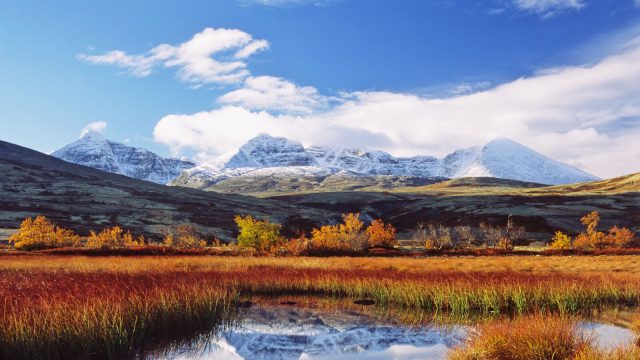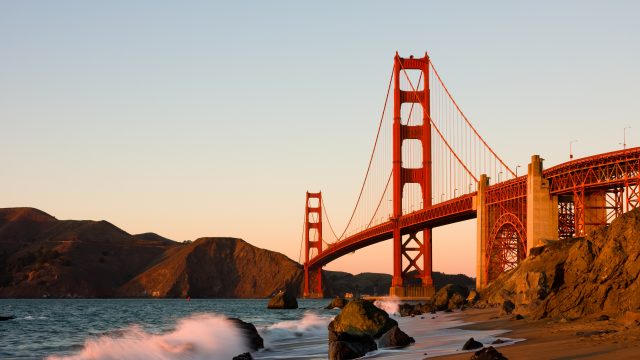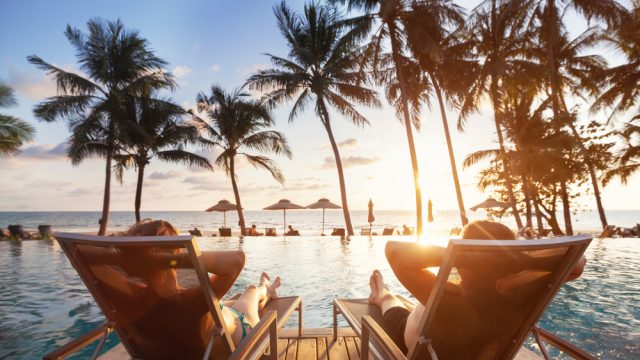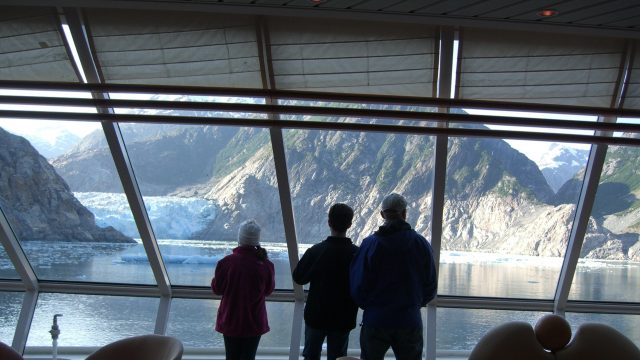Articles found in: Travel

Tips for Being a More Responsible/Sustainable Traveler
Published on August 17, 2022
Tips for Being a More Responsible/Sustainable Traveler Every travel decision you make has the potential to move the needle toward a more sustainable future for people and our planet. Sure, you want to minimize any negative impacts of traipsing around the globe. But responsible tourism is all about considering how to do the most good, […]
Keep reading
Why Purchase Travel Insurance: The importance of protecting your next trip
Published on August 3, 2022
Why Purchase Travel Insurance: The importance of protecting your next trip Booking a vacation is exciting. You are most likely concerned with picking the right destination and packing your suitcase, but are you also concerned with purchasing travel insurance? Many travelers think that insurance is only necessary for oversees vacations or expensive travel, but travel […]
Keep reading
5 Things to Consider When Shopping for a Travel Insurance Plan
Published on May 24, 2022
5 Things to Consider When Shopping for a Travel Insurance Plan By: Sharon L. Broo, CTA, P&C and L&H Licensed, Vice President, USI Travel Insurance Services It’s 2022 and travel looks a lot different than it did in 2019. As people feel the comfort offered by vaccines and reduced Covid spread, the travel bug is […]
Keep reading
Stay at the ‘World’s Best’ Hotels on Tour with Luxury Gold
Published on February 17, 2022
Stay at the ‘World’s Best’ Hotels on Tour with Luxury Gold By Chelsea Todaro A world of indulgence and elegance await travelers with the incredible hotels featured on journeys with Luxury Gold, a worldwide leader in luxury, small group tours. Hotels are an important pillar for Luxury Gold because they are carefully chosen for the […]
Keep reading
Top 7 Unique Experiences with Insight Vacations
Published on December 2, 2021
Top 7 Unique Experiences with Insight Vacations By Chelsea Todaro Taking a journey with Insight Vacations means you will be immersed into the local culture with plenty of unique experiences that are unavailable to the average traveler. These range from special access to iconic sites, exploring cultural pastimes alongside a Local Expert and dining at […]
Keep reading
How Traveling with My Family Shaped My Life
Published on September 22, 2021
How Traveling with My Family Shaped My Life Written by Rachel Jordan of Club Adventures by AAA Exclusive Vacations When I reflect on my favorite childhood memories, I don’t think of cookouts or birthday parties; rather, I distinctly remember scenes like this one – chilly breeze, side-by-side with my mom, dark asphalt passing under me […]
Keep reading
Top 5 Extraordinary Culinary Experiences with Luxury Gold
Published on August 27, 2021
Top 5 Extraordinary Culinary Experiences with Luxury Gold By Chelsea Todaro of Luxury Gold If you’re traveling with Luxury Gold, expect unforgettable delicious high-end dining. You may find yourself indulging in Michelin-star fare one evening and then diving into the street food scene the following day on a foodie tour. From private cooking classes with […]
Keep readingWhat’s New in Culinary?
Published on July 12, 2021
What’s New in Culinary? By Chef Bernhard F. Zorn, Culinary Director for Uniworld Boutique River Cruises Over the last year, cooking at home has become more popular than ever before. Online recipe sharing and food deliveries have taken off since the start of the pandemic began. As a chef myself, not much has changed, though I […]
Keep readingA Taste of Southern Cooking
Published on April 21, 2021
A Taste of Southern Cooking Hospitality on a Plate By Cindy Clarke, senior travel writer for Tauck Culturally diverse with a storied history that speaks volumes about the people who created it, southern cooking is best described as “hospitality on a plate” alluding to the abundance of comfort food you’ll find on menus in Savannah […]
Keep readingCelebrating Women’s Month: Top female-led experiences with Contiki Cares
Published on March 19, 2021
Celebrating Women’s Month: Top female-led experiences with Contiki Cares By Contiki Contiki is the world’s leading youth travel company, offering over 350 annual trips for 18-35s, and bringing together travelers from all corners of the globe to discover new cultures and a little part of themselves along the way. At Contiki, we believe firmly in […]
Keep reading
